The 2020 Chevrolet Corvette Stingray, the brand’s first-ever production mid-engine Corvette, is the culmination of 60 years of mid-engine experimentation. While the eighth generation Corvette marks a radical leap forward in terms of capability from the seventh generation, it also incorporates lessons learned from past engineering exercises such as the Chevrolet Experimental Research Vehicles (CERVs) I-III, the Aerovette and others.
Zora Arkus-Duntov, considered the father of Corvette, first encountered early mid-engine vehicles in his youth, including the Auto Union Types C and D Grand Prix racing vehicles.
Duntov had a wealth of propulsion knowledge and thrived as an auto racer and engineering consultant in automotive and aeronautics. He was attracted to GM by the original Corvette concept, which he saw at the 1953 Motorama in New York City’s Waldorf Astoria.
Duntov started at GM on May 1, 1953, and helped Chevrolet chief engineer Ed Cole turn his proposed small block V-8 into a viable technology for Corvette later that decade. Duntov became Corvette’s first true chief engineer and pursued the mid-engine layout through various concepts, including the CERV I, which debuted in 1960. Duntov described it as “a design without limit” and an “admirable tool” to instruct Chevy on “what to put in Corvette.”
CERV I was outfitted with seven different engine combinations in its working lifespan, but its original engine, a Chevrolet Small Block V-8, and its lightweight aluminum core are both modernized on the 2020 Corvette Stingray.
In 1964, Duntov’s team debuted CERV II, which Duntov and Chevrolet General Manager Semon “Bunkie” Knudsen envisioned as a challenger at Sebring, Le Mans and other races. With torque converters in the front and rear, CERV II employed the first-ever mid-engine four-wheel-drive system, for which Duntov held the patent.
The most recent attempt at a mid-engine vehicle was the 1990 CERV III concept built in conjunction with Lotus to explore future levels of performance. CERV III, more of a road car than a track performer, was intended as a development vehicle to evaluate mid-engine structures. CERV III was powered by a 5.7L, 32-valve dual overhead cam Small Block V-8 with twin turbochargers. It produced 650 hp and 655 lb-ft of torque.
Duntov, who retired from GM in 1975, saw the mid-engine layout with the engine located ahead of the rear axle as the optimal configuration for weight distribution, handling and visibility. Despite the layout’s innate performance benefits, its implementation in the scheme of mass manufacturing proved problematic. The previous mid-engine Corvettes were relegated to concept status by issues including engine cooling difficulties, limited passenger and luggage space, loudness and the inability to produce a convertible variant.
Advances in development, aided by computer-assisted engineering and virtual reality, helped the current Corvette team plot out the 2020 Chevrolet Corvette Stingray’s architecture. Engineers worked closely with designers to ensure that the vehicle’s form met all of the necessary performance benchmarks.
[Source: Chevrolet]


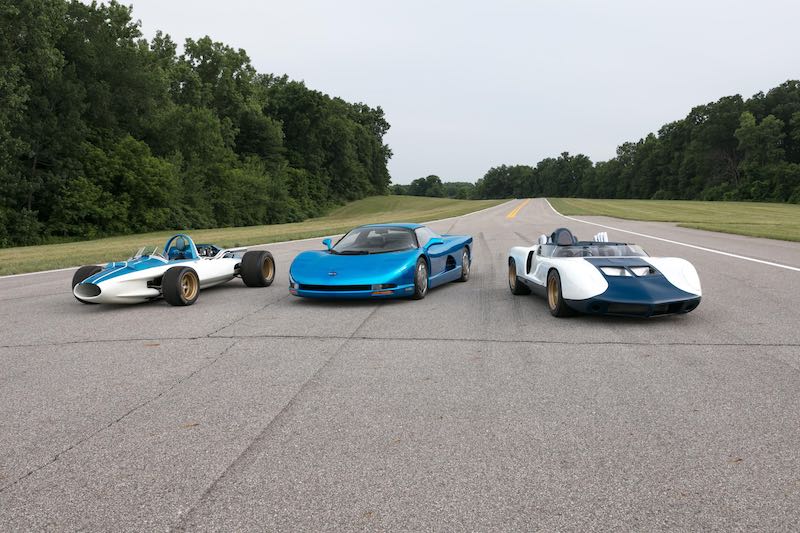
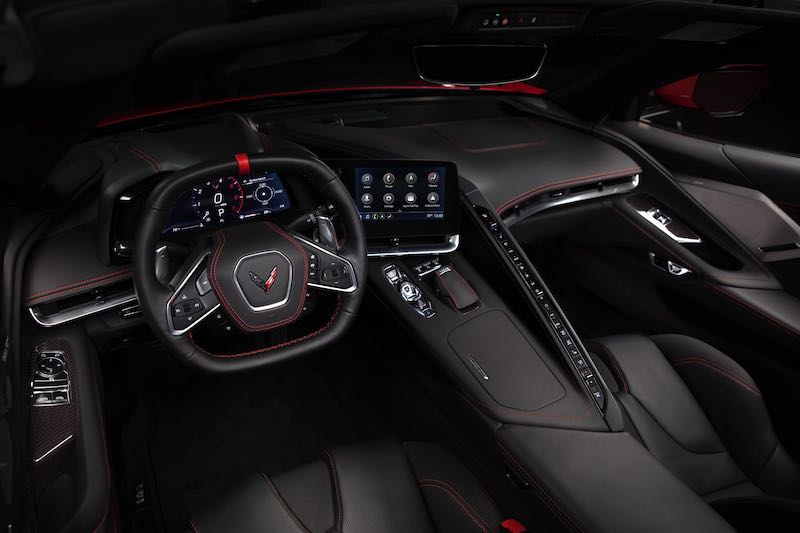
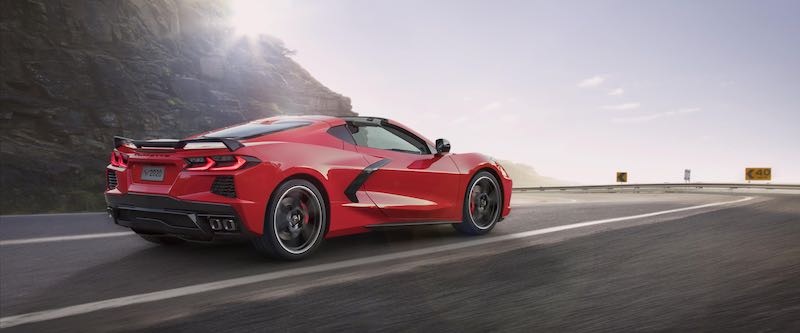
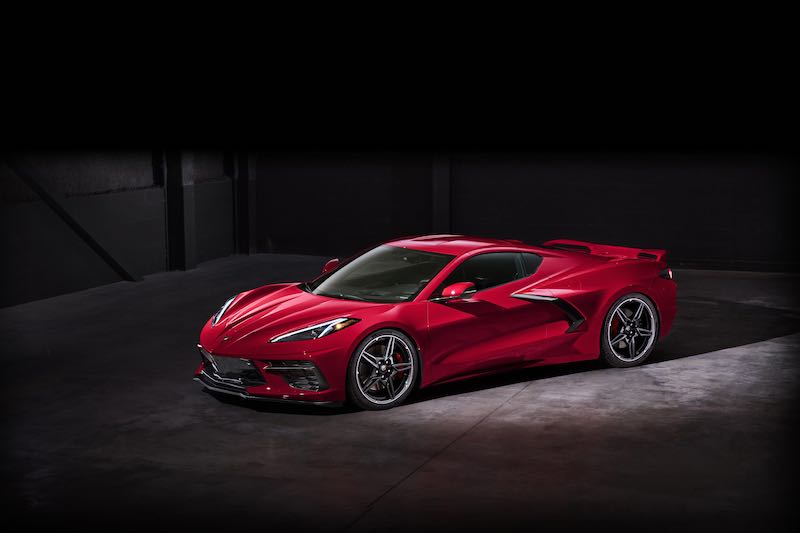
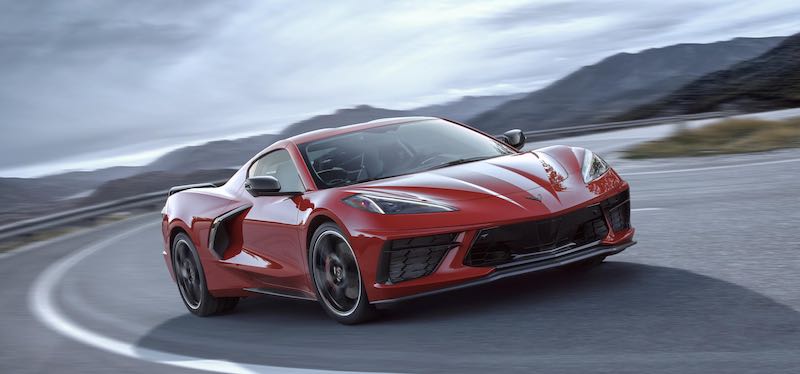

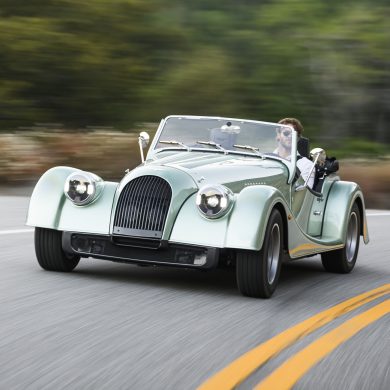
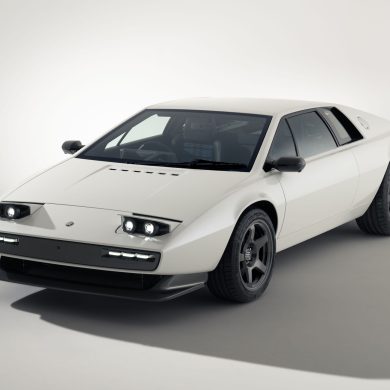





I can’t believe they left out the Chevrolet/Lotus Camel GT mid-engined Corvette, or the Grand-Am Corvette protootype. These two were easy to look at and ran well.